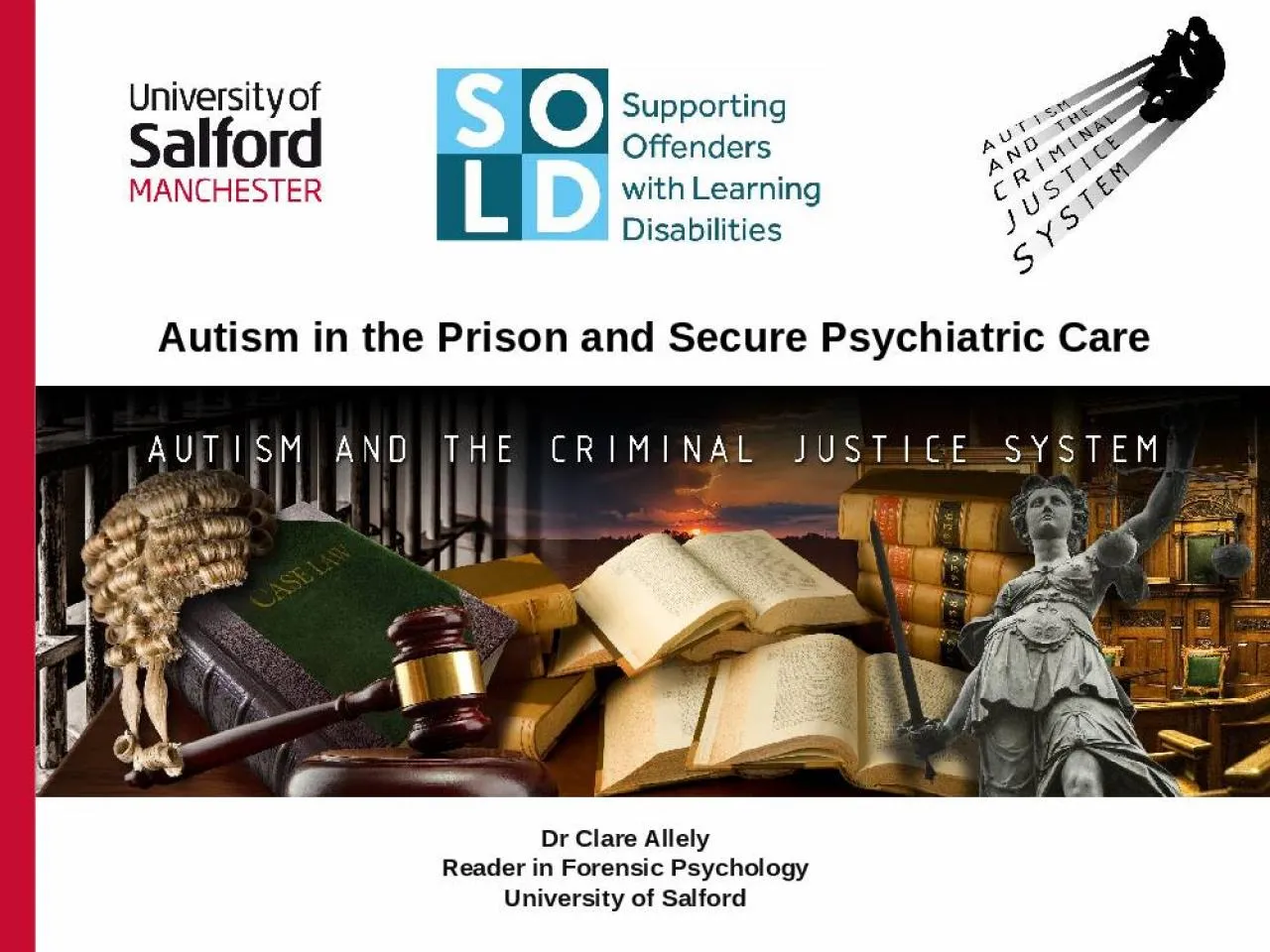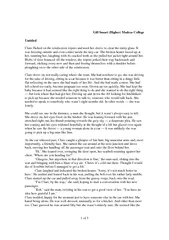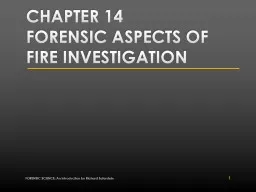PPT-Dr Clare Allely Reader in Forensic Psychology
Author : bethany | Published Date : 2022-02-24
University of Salford Autism in the Prison and Secure Psychiatric Care Social communication and Interaction Study of penal register data regarding Hans Aspergers
Presentation Embed Code
Download Presentation
Download Presentation The PPT/PDF document "Dr Clare Allely Reader in Forensic Psyc..." is the property of its rightful owner. Permission is granted to download and print the materials on this website for personal, non-commercial use only, and to display it on your personal computer provided you do not modify the materials and that you retain all copyright notices contained in the materials. By downloading content from our website, you accept the terms of this agreement.
Dr Clare Allely Reader in Forensic Psychology: Transcript
Download Rules Of Document
"Dr Clare Allely Reader in Forensic Psychology"The content belongs to its owner. You may download and print it for personal use, without modification, and keep all copyright notices. By downloading, you agree to these terms.
Related Documents














